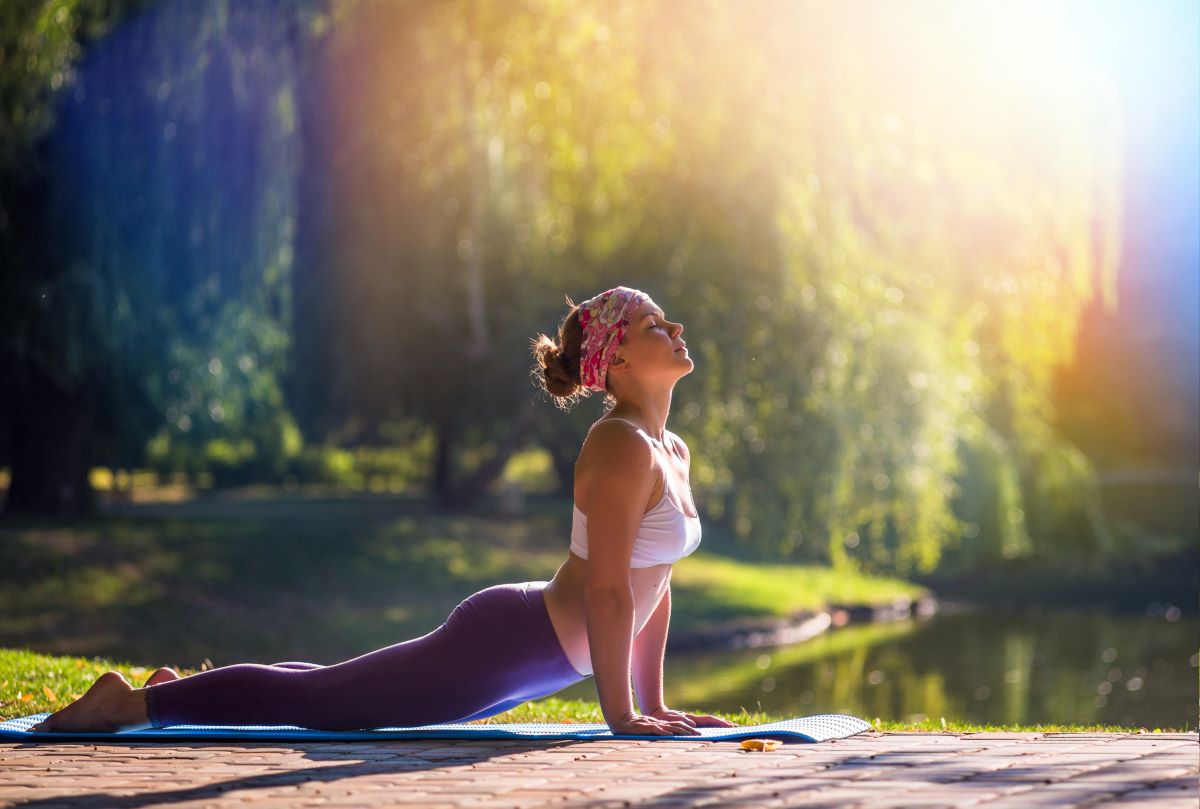Yoga can be incredibly beneficial for neurodiverse individuals, helping to reduce stress, improve focus, and enhance overall well-being. Here are 20 yoga poses that cater to specific neurodivergent conditions, providing a calming and structured approach to exercise.
1. Child’s Pose (Balasana) – For Autism

Child’s Pose is a calming posture that helps reduce sensory overload and anxiety. It stretches the back and promotes relaxation, offering a sense of safety and comfort.
2. Cat-Cow Pose (Marjaryasana-Bitilasana) – For ADHD

Cat-Cow Pose helps to warm up the spine and improve flexibility. This gentle flow between two poses encourages mindful breathing and relaxation, which can help with focus and hyperactivity.
3. Downward-Facing Dog (Adho Mukha Svanasana) – For Sensory Processing Disorder

Downward-Facing Dog stretches the entire body and helps to relieve tension. It provides deep pressure input, which can be soothing for sensory seekers.
4. Mountain Pose (Tadasana) – For Dyslexia

Mountain Pose is a foundational standing pose that promotes grounding and balance. It helps improve posture and enhances body awareness, aiding in spatial orientation.
5. Tree Pose (Vrksasana) – For ADHD

Tree Pose is a balancing pose that strengthens the legs and improves focus. It encourages concentration and mindfulness, which can help manage impulsivity.
6. Warrior I (Virabhadrasana I) – For Anxiety

Warrior I is a powerful pose that builds strength and confidence. It stretches the chest and lungs, improving breathing and reducing feelings of anxiety.
7. Warrior II (Virabhadrasana II) – For Autism

Warrior II enhances stamina and stability. It helps improve focus and determination while providing a structured and predictable movement pattern.
8. Triangle Pose (Trikonasana) – For Dyspraxia

Triangle Pose stretches the sides of the body and improves balance. It promotes flexibility and coordination, helping to enhance motor skills.
9. Seated Forward Bend (Paschimottanasana) – For Anxiety

Seated Forward Bend is a calming pose that stretches the back and hamstrings. It helps to soothe the mind and reduce anxiety, offering a gentle, introspective stretch.
10. Bridge Pose (Setu Bandhasana) – For Depression

Bridge Pose opens the chest and strengthens the back and legs. It’s a restorative pose that can help reduce symptoms of depression by boosting mood and energy.
11. Legs Up the Wall Pose (Viparita Karani) – For PTSD

Legs Up the Wall is a restorative pose that promotes relaxation and reduces stress. It helps improve circulation and calm the nervous system, offering a sense of security.
12. Corpse Pose (Savasana) – For Autism

Corpse Pose is a relaxation pose that concludes the yoga session. It promotes deep relaxation and mindfulness, helping to calm the mind and reduce sensory overload.
13. Butterfly Pose (Baddha Konasana) – For ADHD

Butterfly Pose opens the hips and promotes relaxation. It’s a gentle stretch that can help reduce anxiety and improve focus, offering a soothing, repetitive movement.
14. Reclining Bound Angle Pose (Supta Baddha Konasana) – For Anxiety

Reclining Bound Angle Pose is a restorative pose that stretches the inner thighs and promotes relaxation. It helps calm the mind and reduce stress, offering a passive, supported stretch.
15. Cat Pose (Marjaryasana) – For Sensory Processing Disorder

Cat Pose stretches the back and neck, promoting flexibility. It encourages mindful movement and breathing, providing proprioceptive input.
16. Cow Pose (Bitilasana) – For ADHD

Cow Pose complements Cat Pose by stretching the front of the body. Together, these poses help to warm up the spine and promote relaxation, aiding in focus and self-regulation.
17. Plank Pose (Phalakasana) – For Autism

Plank Pose builds core strength and stability. It helps improve focus and concentration while providing deep pressure input to the joints.
18. Cobra Pose (Bhujangasana) – For Depression

Cobra Pose opens the chest and strengthens the back. It helps improve posture and can boost mood and energy levels, combating depressive symptoms.
19. Child’s Pose with Arm Variation – For Sensory Processing Disorder

This variation of Child’s Pose involves stretching the arms forward, deepening the stretch in the back and shoulders. It enhances relaxation and can help relieve tension.
20. Pigeon Pose (Eka Pada Rajakapotasana) – For Anxiety

Pigeon Pose deeply stretches the hips and promotes relaxation. It helps release tension and can be particularly beneficial for reducing stress and anxiety.
Ready to Get Started?

Incorporating these yoga poses into your routine can provide significant benefits for neurodiverse individuals, promoting relaxation, focus, and overall well-being. Which pose will you try first to enhance your yoga practice?
Featured Image Credit: Shutterstock / lkoimages.
For transparency, this content was partly developed with AI assistance and carefully curated by an experienced editor to be informative and ensure accuracy.





